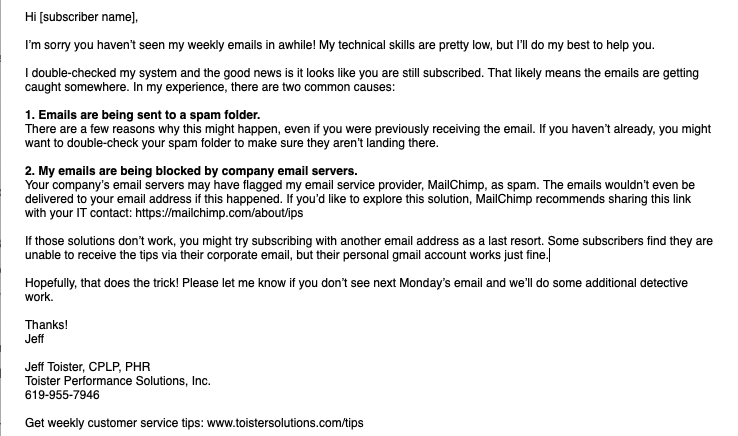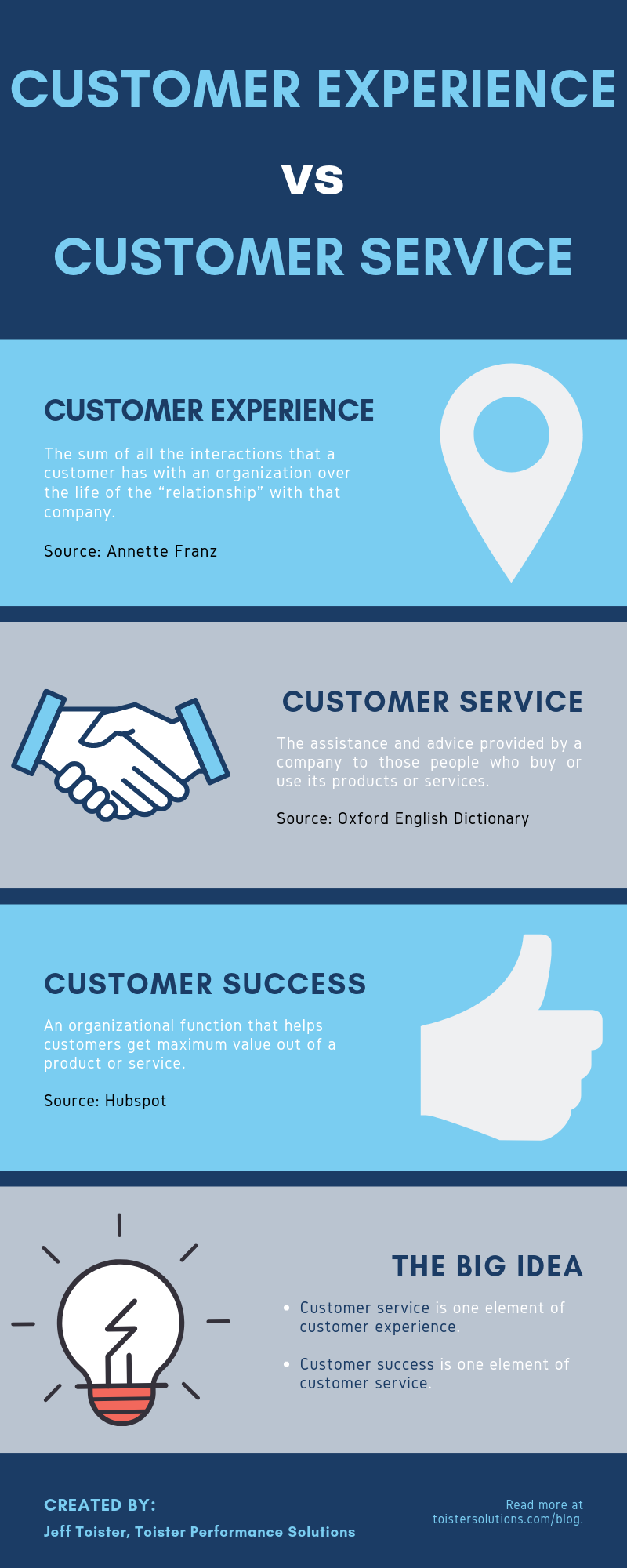Advertising disclosure: We are a participant in the Amazon Services LLC Associates Program, an affiliate advertising program designed to provide a means for us to earn fees by linking to Amazon.com and affiliated sites.
Many years ago, I managed a customer service team for a catalog company that sold imported items from Eastern Europe, including antiques. The antiques were often unique and were slightly different than the pictures on our website or in our catalog.
Russian samovars were a particular challenge. These are highly decorated tea urns that come in a wide variety of shapes and sizes. A quick look at the ebay page for samovars can illustrate the variety.
This created an expectation management problem for my team.
A customer might get angry if they bought a samovar and it didn't look like the one in the catalog. So we devised a plan to manage expectations whenever we saw a samovar order.
A customer service rep proactively contacted the customer.
The rep discussed our actual inventory and emailed photos.
The rep helped the customer make their selection.
You might not be selling antiques, but there's a good chance you have an expectation management challenge.
Think about how customers want to be served these days:
Easier
Cheaper
Faster
Better
Personalized
If a customer can easily order something on Amazon for a great price and get it delivered overnight then they will expect you to do the same. Unfortunately, giving a customer exactly what they want isn’t always practical or cost effective.
If that’s the case, you’ll need to help your team manage expectations.
Why is it important to manage customer expectations?
Let's start with a general definition of good, poor, and outstanding customer service:
Good service occurs when a customer's expectations are met.
Poor service falls short of a customer's expectations.
Outstanding service exceeds a customer's expectations.
The key to it all is what your customer expects. This is frustrating for some service professionals because they might try their hardest and go the extra mile, but the customer still expected more than they could deliver.
Believe it or not, many of our customers’ expectations come directly from us:
How we advertise our products and services
What our salespeople promise
What the customer's last experience was like
How we communicate with customers
The way our products are packaged
How we display information on our website
Signage in our buildings
If we aren’t careful, we can help customers create expectations that won’t be met. You're probably well-versed with what can happen when service falls short of a customer's expectations:
Increased contacts
Increased escalations
Increased service recovery cost
Decreased customer satisfaction
Decreased customer loyalty
Decreased word-of-mouth
This short video highlights the impact of unpleasant surprises on our customers. The short scene 30 seconds in feels all too real to me, because I've heard it from an actual customer.
Customer Expectation Management Tactics
There are a few things you can do as a customer service leader to help your team.
1. Identify expectation management situations
Make a list of situations where customers might expect something more or different than your company can provide. Create resources and procedures to help your team guide customers through these situations.
Examples include:
How long does it take to respond to customers?
How do service delivery processes work?
Do you have any unusual or unfriendly policies?
Are there any unexpected fees associated with your product or service?
Does your product or service have any unusual features?
Customers might be surprised the first time they walk into a Bonobos Guideshop. The stores don't carry inventory like a typical clothing store. A helpful, friendly employee helps you select the right fit, styles, and colors, and your new clothes are shipped directly to you.
This is fairly unusual, so store employees are trained to share the explanation with new customers who visit the store. Bonobos also explains the process on its website and in this video.
2. Get inside your customers’ heads
Another step is to take time to understand your customers, so you can share those insights with your team and make adjustments as needed.
Review top complaints to see what bothers them.
Talk to customers one-on-one to get to know them.
Walk in your customer's shoes to see their perspective.
My wife and I own a vacation rental property called The Overlook. We spend a lot of time trying to understand our customers' perspective. We stay at the cabin as guests. We visit the cabin right after guests check out to see how they use it. This activity has generated a lot of insight.
For example, we learned through guest feedback that people had a hard time finding the WiFi password. It was on a sign that's easy to see, but the sign itself was so cluttered that people didn't read it.
So we updated it.
The old WiFi sign.
The new WiFi sign.
3. Conduct a marketing and communications audit
Take a close look at what your company is communicating to customers. Identify any possible misunderstandings and clear them up. Share key information with your team, such as new promotions, so everyone is on the same page.
Here are a few places you might look:
Commercials (radio, TV, etc.)
Website
Direct communication (mailers, catalogs, etc.)
Signage
Social media
My payroll provider recently emailed me a price increase notice. To add insult to injury, the new monthly price was 44 percent higher than the regular, non-promotional price listed on the company's website!
I contacted the company's customer service department, but the reps were caught off-guard. None of them were empowered to adjust my pricing to match what was advertised.
So I switched payroll providers.
4. Use data to spot trends
There's a good chance you're swimming in data. One way to make use of it is to look for places where a product or service consistently falls short of expectations and make adjustments.
Here are a few ideas:
What are the top reasons customers contact your company for service?
What products or services are frequently purchased together?
What are top reasons products are returned?
One company analyzed its product returns and discovered over $1 million in preventable returns per year. Customers were returning products that worked perfectly well, but customers couldn't figure out how to use them correctly.
5. Manage response time expectations
The amount of time it takes to respond to a customer is a big opportunity.
I conducted a consumer study in 2018, and learned that companies should respond to customer emails in just one hour. Better make that 15 minutes if you want to deliver world-class service.
Most companies aren't nearly that fast.
Another study of mind revealed that more than 60 percent of customer complaints on Twitter are because a customer is waiting for a response to a service issue or never received one.
The easiest solution is to respond faster. That's not always feasible, so here's what else you can do:
Post response time expectations on your website's contact page
Use an auto-response to tell customers when you'll respond to an email or text.
Share the expected wait time on your hold message or add a call-back service.
This webinar provides even more advice.
Customer Expectation Management Training
There are specific skills that can help your employees better manage customer expectations. For example, the particular language we use is important.
Let's say you work in a doctor's office and want to let a patient know they'll get their lab results in 2-3 days. Most of us would say just that, "Your lab results will be ready in 2-3 days."
What you may not realize is that many customers hear and remember the best-case scenario, which is two days. So they'll expect to get their lab results within two days and might even be mildly annoyed if it takes three.
An easier solution is to train your team to use the worst-case scenario. You might say it this way, "Your lab results will be ready in three days."
Now nobody's upset if it takes three days as promised. And you can exceed expectations if it only takes two.
Here are some more examples of language that can help set expectations.
You can also have your team take my training program on LinkedIn Learning: Managing Customer Expectations. Here's a preview.
How to deal with unrealistic customer expectations
There will always be a few unreasonable customers.
You'll encounter far fewer if you follow the advice outlined above. But that won't eliminate unrealistic expectations entirely.
Here are some actual complaints I've heard from Ben & Jerry's customers on Free Cone Day, a day once per year when Ben & Jerry's stores give away free ice cream.
"The line is too long."
"The cones are too small."
"They don’t have a good selection of flavors."
What's wrong with these people?! It's free ice cream!!!
The lesson is we can't make everyone happy. In their excellent book, Uncommon Service, authors Frances Frei and Anne Morriss explain how elite organizations keep their core customers happy by making trade-offs. These companies focus on what their customers really want, while ignoring what's not important.
Southwest Airlines offers low fares, but not assigned seats.
In-N-Out offers amazing burgers, but no salads.
Trader Joe's has amazing products, but relatively few options in each category.
Being selective about what you offer can help customers decide whether your product or service is right for them.
Of course, that still won't stop some customers from complaining. One solution is to focus on what can be done.
Let's say you are a restaurant host and a party of eight arrives on a busy night with no reservation. The only open table you have is one that seats four, yet the group insists on being seated.
You can relent, but that will only cause headaches:
Their service will be slow (so they'll probably complain, anyway).
They'll be uncomfortable, and it's likely the guests around them will be, too.
Other guests will receive slower, less attentive service.
You are suddenly worried that this might be a group of eight angry Yelpers who are just itching to leave a bad review. Despite the tough situation, there still might be some good options:
Explain how seating the group immediately would create a poor experience.
Suggest the group wait at the bar until a table opens up.
Recommend another restaurant nearby that's not busy.
I devoted an entire chapter to unreasonable customers in my book, Getting Service Right. It contains even more examples, insights, and tactics to help you solve this challenge.
Take Action
Customer service leaders should make it as easy as possible for employees to serve their customers at the highest level. This includes helping to manage customer expectations, so customers are less likely to experience an unpleasant surprise.
What customer expectation would you like to better manage?

















